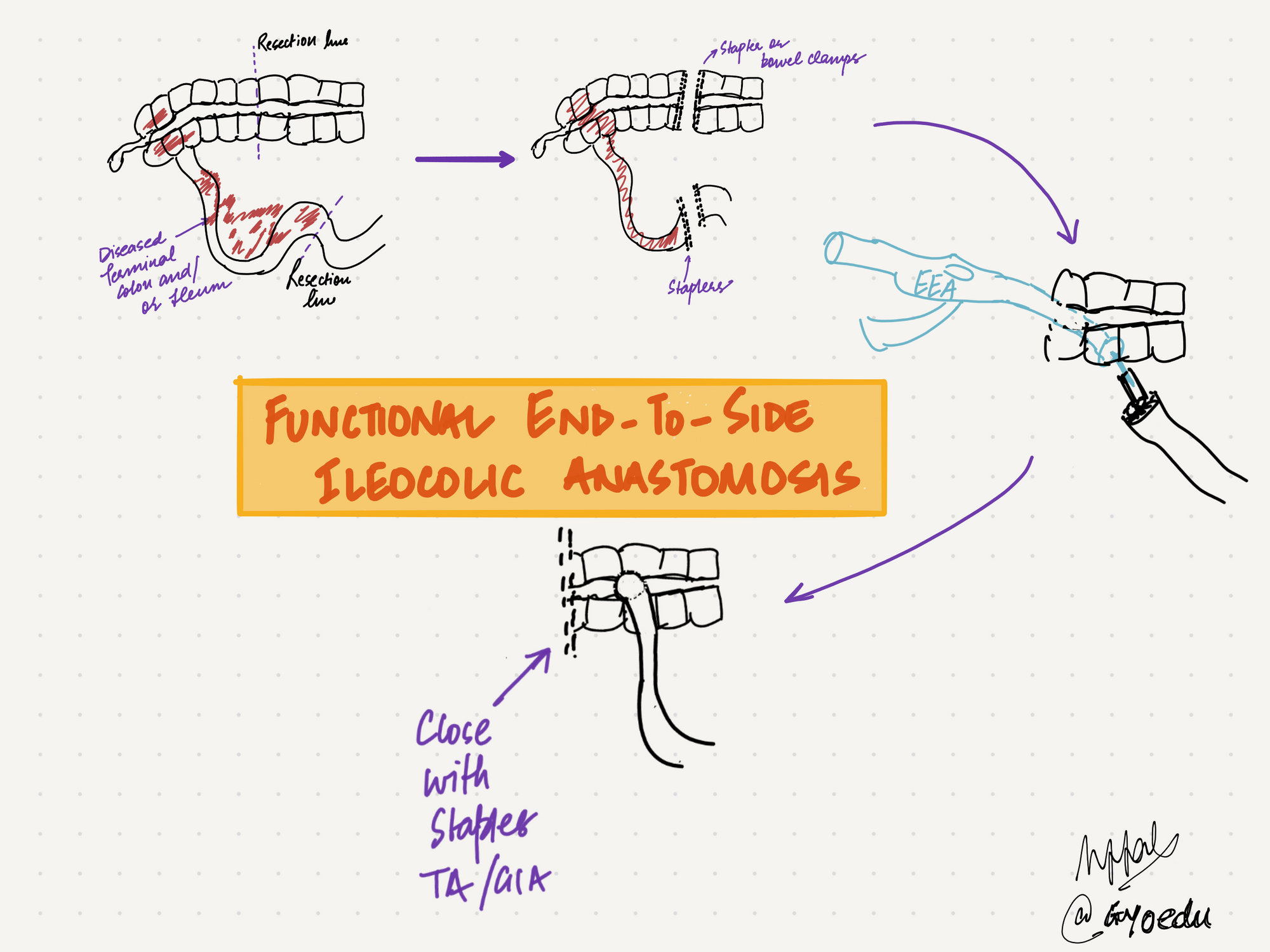Publications Update # 16

Non-Medical Article of the Week
I nearly overlooked this TED Talk that was first broadcasted in 2018 B.C. However, thanks to the TED Radio Hour, I recently discovered it during their March 2023 A.C. radio broadcast. It seems that many of us struggle to recall the timelines of our lives before the COVID-19 pandemic.
Here is a remarkable five-minute poetry talk that I particularly enjoy, as it highlights the essence of creativity: observing and being curious. Sarah, the speaker, has captured this concept perfectly.
If you're interested in exploring the elusive concept of creativity, I recommend starting with this excellent article that outlines four different types of creativity.

Tl;dr
The article argues that creativity is not just a matter of talent. It is also a skill that can be learned and developed. By understanding the four types of creativity and how to cultivate them, we can all become more creative thinkers and innovators.
Endometrial Cancer
Two great articles on fertility-sparing management of endometrial cancer.

Patients Included in the Study
- Stage I endometrial cancer (EC) without deep (<50%) myometrial invasion
- Grade 1 or 2
- Aged <45 years with a desire to preserve fertility
- No suspicious or metastatic disease on imaging studies
Intervention:
- Oral progestins, such as MPA 500 mg qd or MA 40 mg qd. LNG-IUDs were used at the physician's discretion (57% got it). Treatment response was assessed every three months using D&C, hysteroscopy with TV-US, and serum CA-125.
FINAL COHORT
- 44 patients (81%) with Stage 1 Grade 2 with no invasion
- 8 patients (14.8%) with Stage 1 Grade 1 with < 50% invasion
- 2 patients (3.7%) with Stage 1 Grade 2 with < 50% invasion
Summary Points
- The complete response rate was 72%
- Of 39 patients who attempted pregnancy, the pregnancy rate was 46.7%( 7/15), and the live birth rate was 71.4% (5/7).
- Tumors > 2 cm had the lowest response rates.

Summary Points:
- Levonorgestrel IUD performed on par with systemic treatments and achieved remission faster with less side effects (not SS).
- A prior retrospective study has shown similar results

Finally, real-world utilization seems to support this trend. IUD use is now increasing for this patient population.

GYOEDU lecture on Fertility Preservation in CAH/Endometrial cancer
Surgical Video
Functional Ileocecal Side to End Anastomosis

Difference between side-to-side and end-to-side anastomosis

Video (Watch online)

Data supporting Functional End-to-side Anastomosis

That's it for this week.
Follow @uppals


